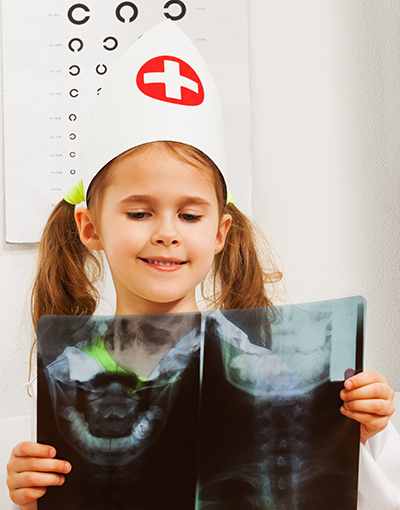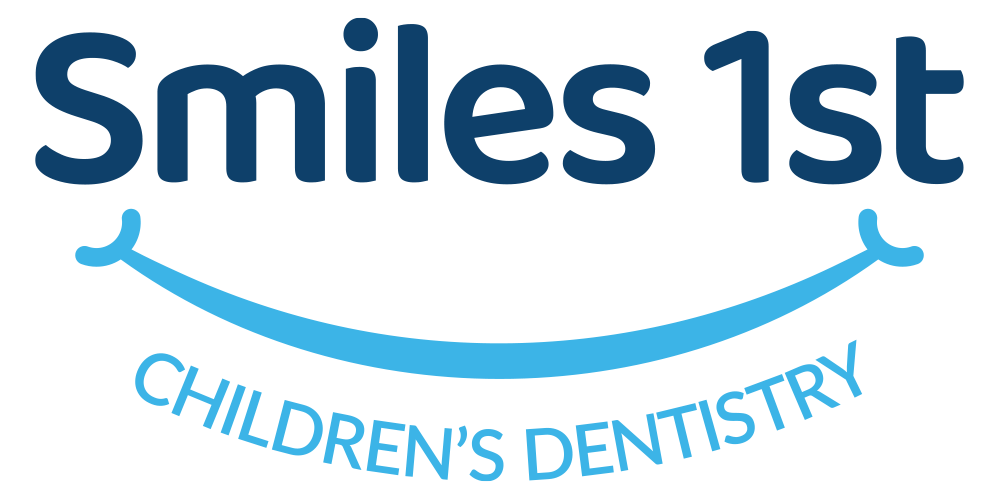
Dental X-rays detect much more than cavities. They may be taken to survey erupting teeth, diagnose bone disease, evaluate the results of an injury, or plan orthodontic treatment. X-rays allow dentists to diagnose and treat conditions that cannot be detected during a clinical examination.
In general, children need X-rays more often than adults. Their mouths grow and change rapidly. Their teeth are more susceptible to tooth decay than adults. For high caries risk patients, the American Academy of Pediatric Dentistry recommends X-rays every six months to one year. Children with a low risk of tooth decay may require X-rays less frequently.
How safe are dental X-rays?
Pediatric dentists are particularly careful to minimize the exposure of child patients to radiation. With contemporary safeguards, like lead aprons, high speed film, digital X-rays, and thyroid collars, the amount of radiation received in a dental X-ray is extremely low. In fact, X-rays represent a far smaller risk than undetected and untreated dental problems.
Will X-rays be taken routinely?
X-rays are recommended only when necessary to evaluate and monitor your child’s oral health. The frequency of X-rays is prescribed by your pediatric dentist and based on your child’s individual needs. We follow the American Academy of Pediatric Dentistry’s guidelines based on your child’s caries risk assessment when taking cavity detecting X-rays at your child’s hygiene appointment.
